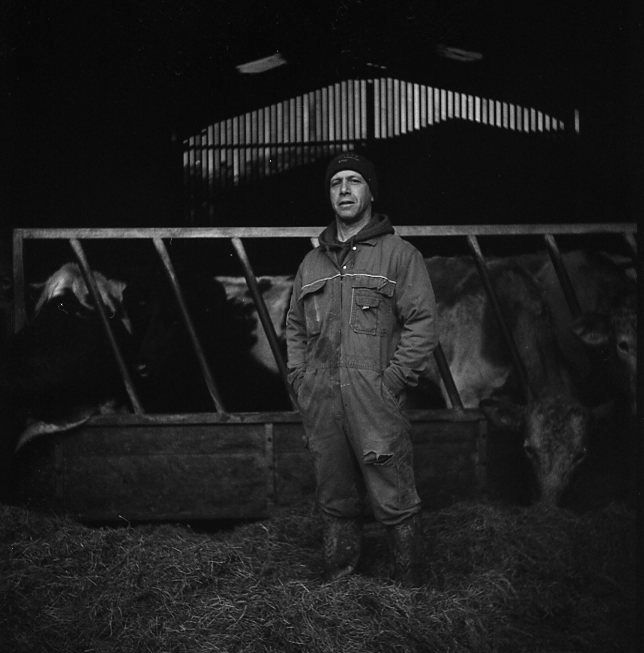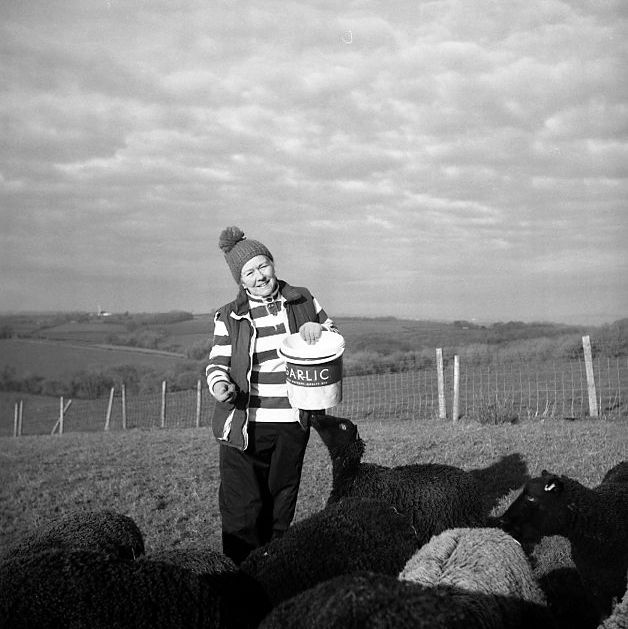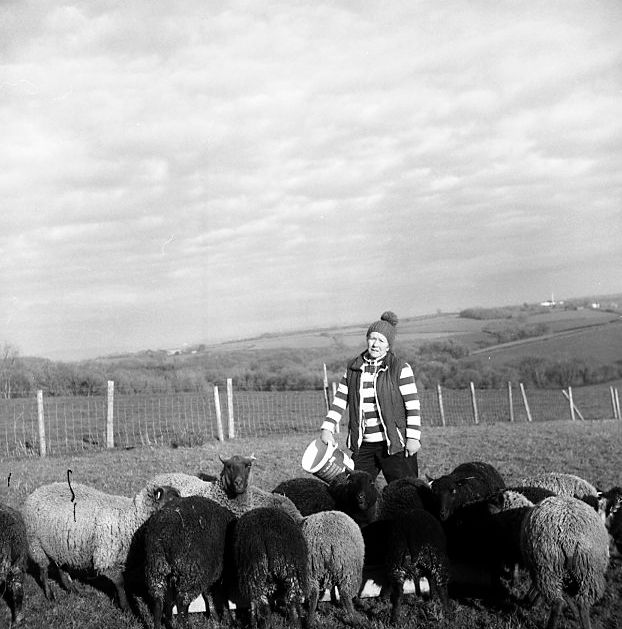The Faces Of Agrarian Devon
about this project
Through the destruction caused by COVID19, communities have become more aware of those who produce the food they consume, and this photographic series uses portraiture to introduce audiences to the South West Devon agrarian community.
Taken on 120 FP4 black and white film the portraits feature a selection of local farmers at work and explore how portraits represent people's feelings and experiences.
Why did I use black & white film?
We impose our own understandings on photographs. It could be argued that even when photographs are presented with an explanation, the audience will still establish their own opinions on what they see. The audiences’ views of the portraits will also be influenced by their knowledge of the world it presents; those who are familiar with the farming community will comprehend the subjects’ activities in a different way from those who are ignorant. As this series of images aims to illuminate the agrarian world to those who are unaware of it, I chose to use 120 FP4 black and white film so that the audience is presented with a less contrived representation; there is no colour to distract from the photographs content. In the same way that I have chosen to provide the viewer with minimal written information, in choosing to use black and white film they are given another way to apply their own narrative — they can envision their own ‘coloured reality’. The photographs are presenting a believable reality, whilst also encouraging the audience to establish their own constructs and understandings.
Within the digital era, photography has become omnipresent, and as a result, more events are captured and even after the photographed event, landscape, object or person has gone, the image remains; thus becoming immortalised. The Faces of Agrarian Devon’ provides a glimpse into a world that has predominantly remained unseen. Although we are unable to predict how history will regard this moment in time, these images will immortalise the farmers who supported the essential needs of South West Devon.
In Ian Jeffery’s book, Photography, he discusses how photography progressed from just being a form of recording and photographers became ‘ideologues, promoters of particular world views and critics of prevailing values.’ (1981, p. 62).
In this way, although my portraits are a documentary of individuals working on their respective farms, it could be argued that the world I portray is still in some way controlled and influenced by my views as a photographer. This could then lead into a debate of how reliable the truth of the photograph is. However, I would argue that in this instance, one does not need to reflect on how reliable photographs are at presenting truth, but instead contemplate their ability to provide a window into the world. Through the destruction caused by COVID19, communities have become more aware of those who produce the food they consume, and this photographic series uses portraiture to introduce audiences to the South West Devon agrarian community.








